Heading home: DRC’s conflict-displaced face spiking hunger and smashed lives
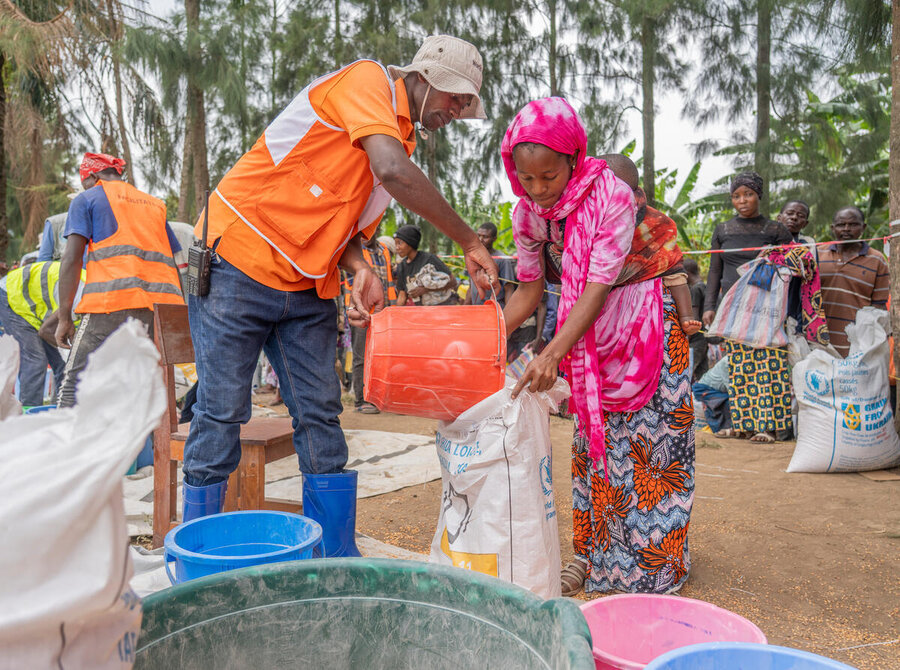
Linda L. is back home again. Back to a field full of weeds and a roof full of holes. Back to find once-precious livestock and other belongings long looted. Back to an uncertain future, as fierce fighting rages across northeastern Democratic Republic of the Congo where she lives.
“I have to start again,” says the mother of three, speaking from her native village of Bweremana, in North Kivu province, after picking up a month’s worth of World Food Programme (WFP) assistance: maize meal, yellow split peas, vegetable oil and salt.
“Needs are enormous,” adds Linda, whose last name is being withheld for her protection. “We lost many things.”
More than five million people have been uprooted across DRC’s conflict-hit northeast in recent years, with some sheltering in neighbouring countries. Now hundreds of thousands of internally displaced people are forcibly heading home - after months on the move and living in makeshift shelters. They return to smashed houses and livelihoods in this rolling region of tiny farms and emerald green hills, where maize, cassava and banana trees once flourished during peace time.
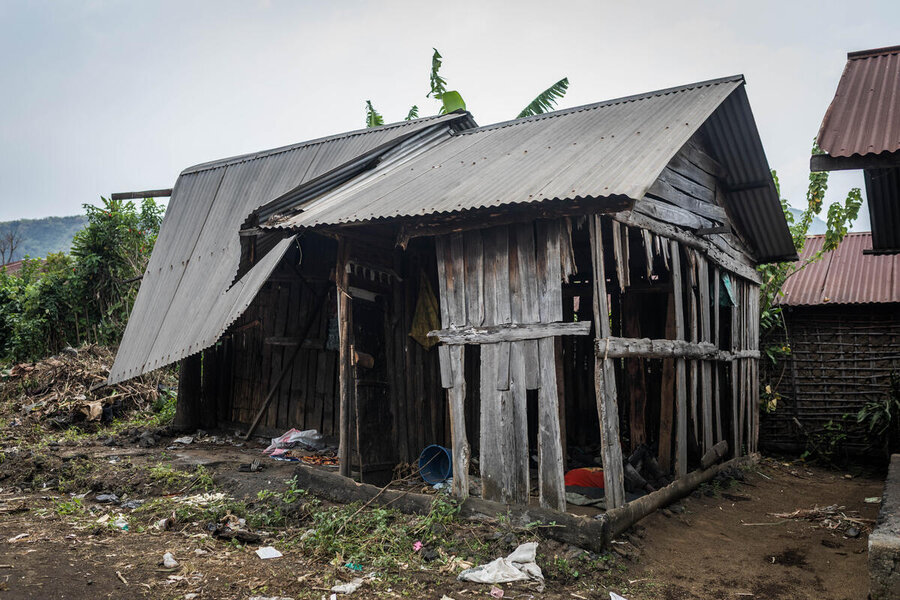
But peace has long eluded eastern DRC. And a new hunger study finds the region faces record-breaking food insecurity, due a mix of conflict, economic shocks, lawlessness and other factors. Of the 28 million people grappling with acute hunger or worse countrywide, more than 10 million live in eastern DRC — an increase of 2.5 million since the latest uptick of violence, in December.
“The humanitarian situation in the DRC is deteriorating at an alarming rate,” says Eric Perdison, WFP’s Regional Director for Southern Africa and ad interim WFP DRC Country Director. “Families who were already struggling to feed themselves are now facing an even harsher reality.”
Making a difference
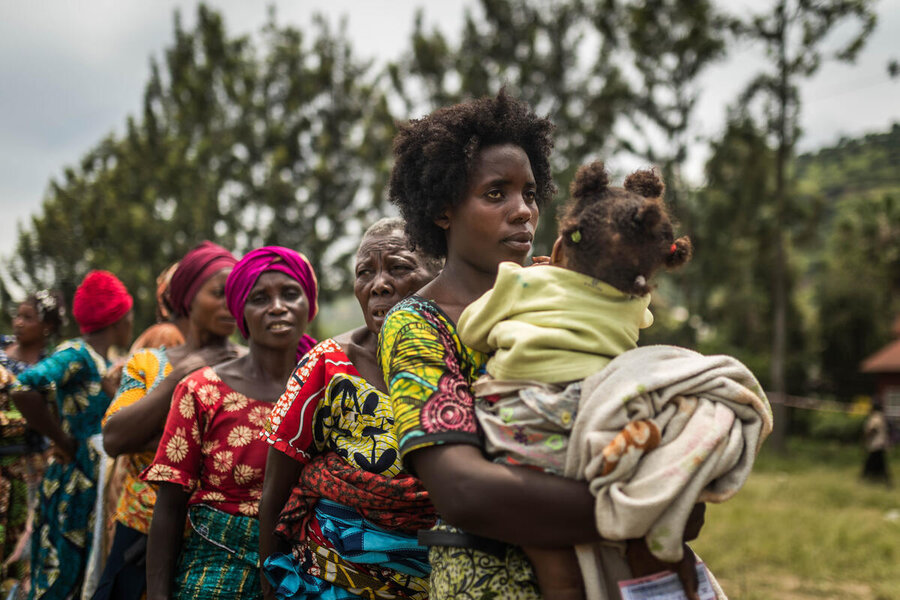
The worsening hunger outlook collides with a massive funding shortfall facing WFP and many other humanitarians in DRC. While WFP aims to reach 6.4 million people with food and nutrition assistance this year, we need US$399m in support over the next six months alone.
In places where we have the means and access, WFP is making a difference - reaching more than 700,000 people with assistance so far this year.
“We are committed to do more to support those at risk,” in eastern DRC, Perdison says, “but we urgently need more resources.”
Turning around DRC’s hunger numbers will be a massive task, especially in the east. Along with scarce funding and insecurity, banks are shuttered, the Congolese franc has plummeted and inflation is soaring - with the prices basic foods like maize flour, palm oil and cassava jumping nearly 40 percent.
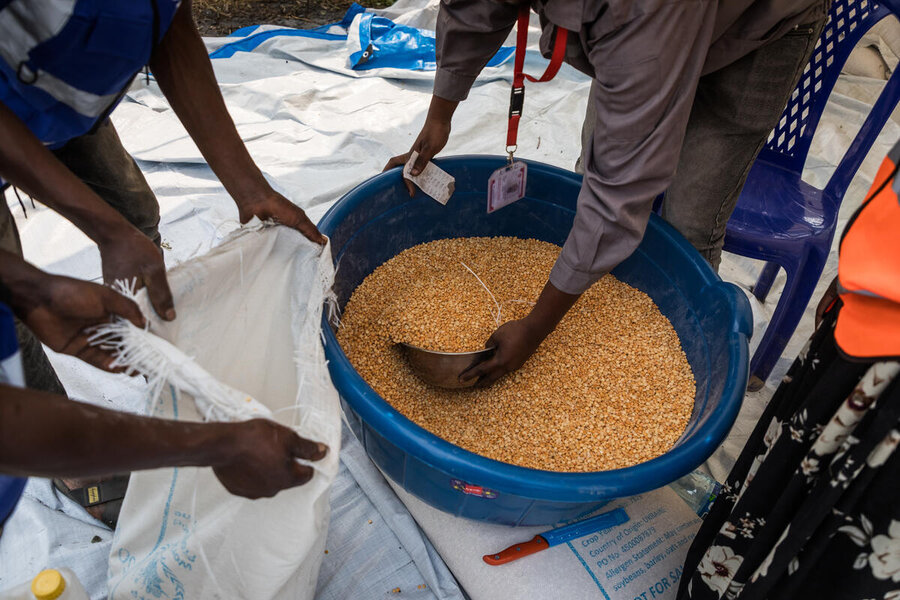
“This is helping us combat hunger, while we wait for our harvests from farming,” says Linda of the WFP assistance, which she calls “vital.”
As fighting escalated near Bweremana last year, Linda and her children fled to the North Kivu capital of Goma, roughly 40 kilometres away. She joined tens of thousands of displaced people there, relying entirely on WFP food assistance to survive.
“We left food in the house because we had just harvested,” she recalls of the family’s hasty departure. “When escaping, we could not carry anything — we left mattresses and bed sheets inside the house.”
Starting over
Today, Linda’s house is emptied of everything, from utensils to chairs, mattresses to clothes. Also gone is the livestock her family relied on to make ends meet and pay the children’s school fees.
“I’m struggling to resettle,” she says, “because there are many things lacking.”
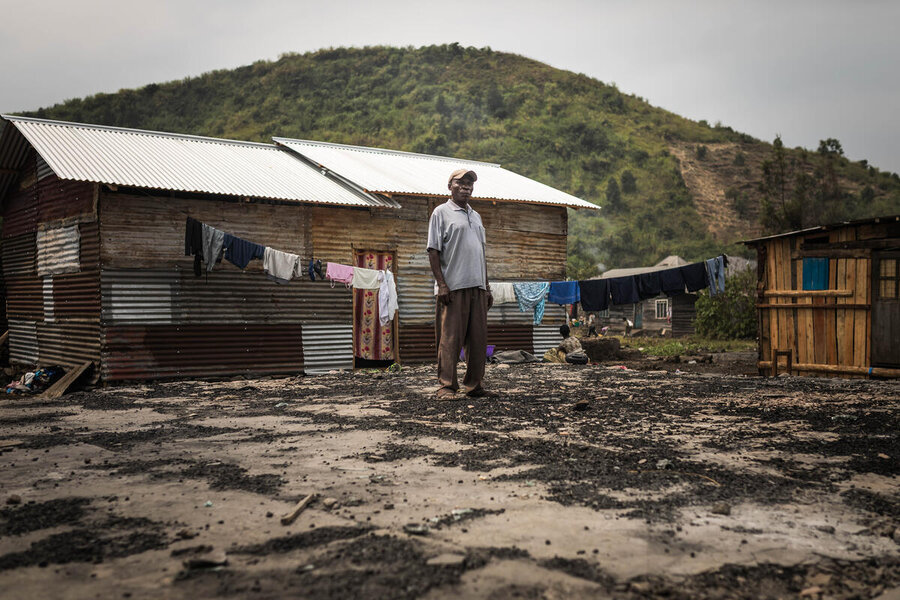
Here and in other parts of North and South Kivu provinces, returning families are beginning to rebuild as they can, patching up roofs with battered tin sheeting - or stretching out tarpaulin to keep out the rain. Still other homes are completely destroyed, banana trees and other plants spouting from the rubble.
"Our focus right now is to reach those most in need,” says WFP Goma Office Head Wilfred Nkwambi. “We need security and safe access to hard-to-reach areas, so that food can arrive on time through already deteriorated supply chain routes. The situation is complex; we are dealing with hundreds of non-state armed groups and this is not an easy humanitarian path to navigate.’’
In the North Kivu town of Sake, another young mother, Safi, is also grappling with how to move forward after returning from a displacement camp outside Goma.
“The needs are just too great,’ Safi says. “The conflict left many widows.”
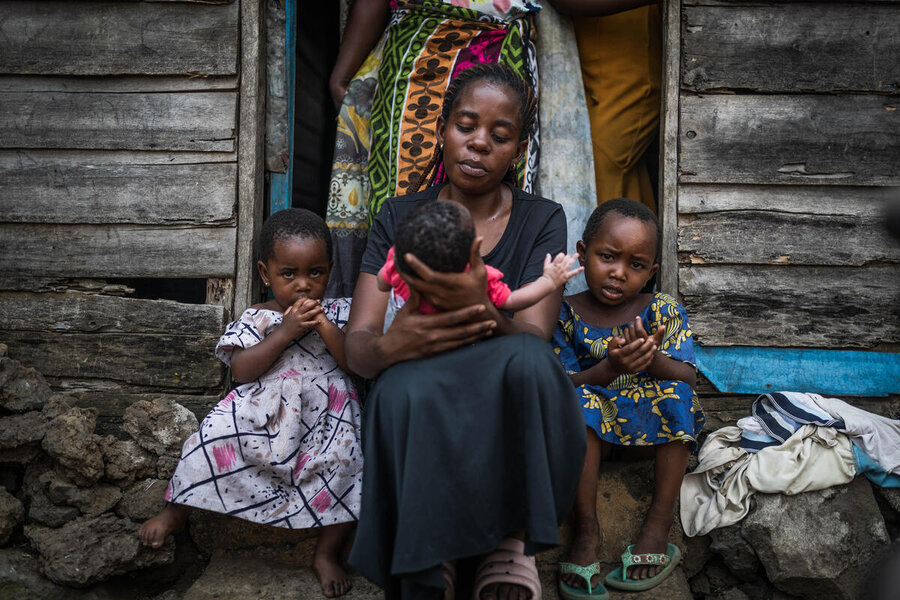
Safi’s husband - a soldier - has been missing for months. She gave birth to the youngest of her three daughters without him. “His phone number is unreachable,” she says.
Like many others, she returned to find her house burnt to the ground. Today, she lives with her mother, and tries to earn enough to buy cooking charcoal as a roadside hairdresser.
“WFP food assistance is vital to us as displaced people,” Safi says. “It helps us fight hunger at home, because we don’t have a job to rely on most of the time.”
WFP's response to the crisis in eastern DRC is supported by donors including Belgium, Canada, Denmark, the European Union, Germany, Japan, Norway, Sweden, Switzerland, UNCERF, the United Kingdom, the United States and the Sodexo Stop Hunger Foundation.
